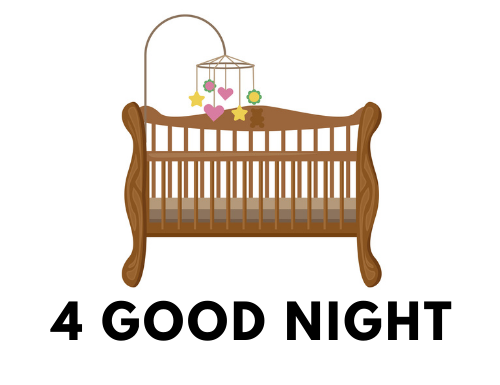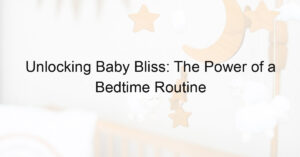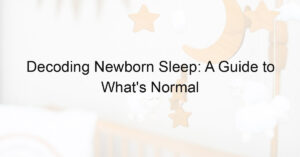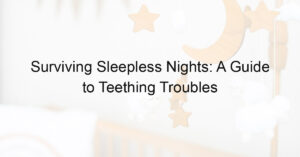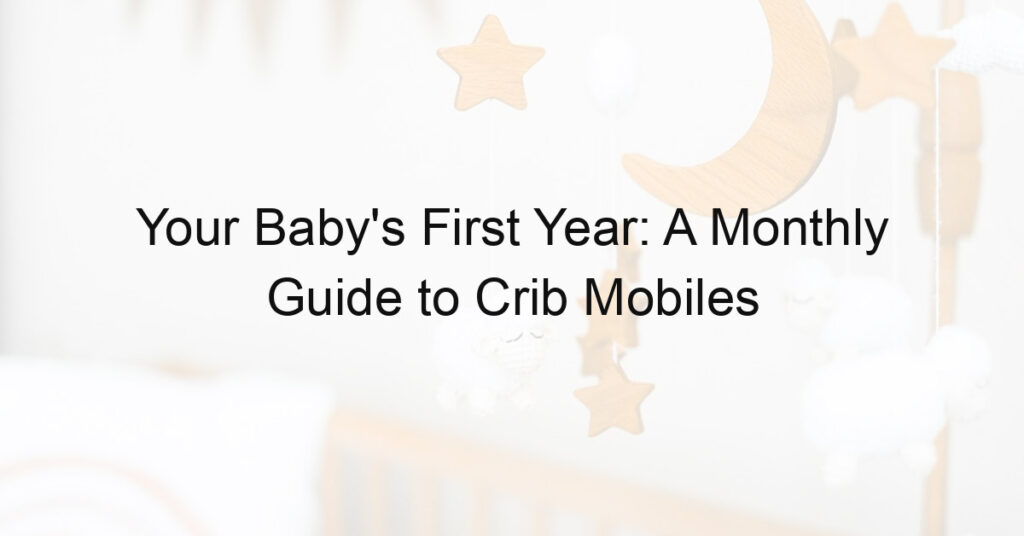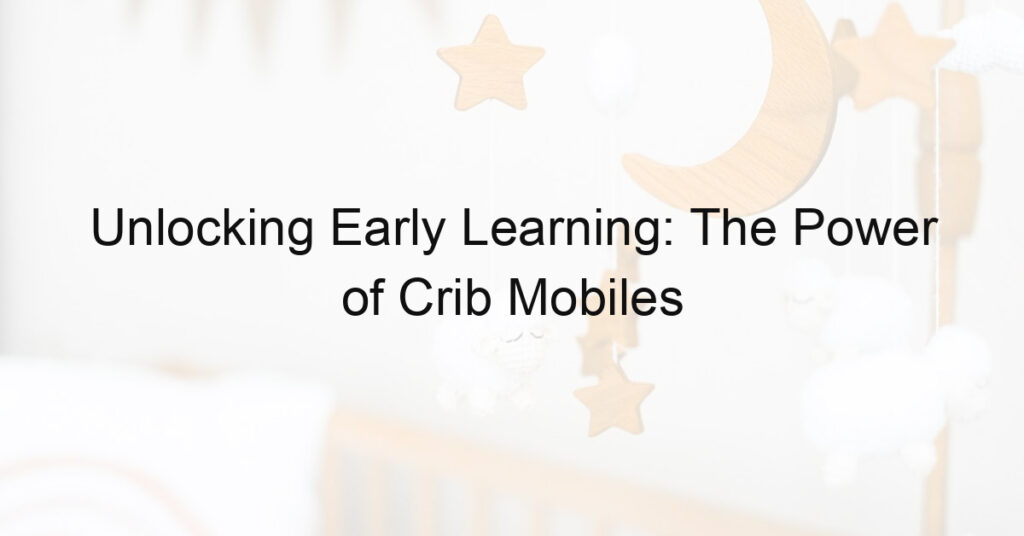Inclined baby sleepers, which have been popular for years, have recently come under fire due to the potential dangers they pose.
When a baby is placed in an inclined sleeper at an angle of greater than 10 degrees, their airway can be blocked and lead to suffocation or strangulation.
It is also possible that babies may roll onto their stomachs while resting in these sleepers, further increasing their risk of suffocation.
In addition to these risks, studies have found that the design of some inclined baby sleepers leaves them susceptible to tipping over if not firmly secured on a flat surface.
This increases the chances that a baby can fall or flip out of the device and be injured, or even killed.
Therefore it is highly recommended that parents use only flat sleepers that meet safety standards set by regulatory bodies.
Parents should also ensure they follow the manufacturer’s instructions carefully when using any type of baby sleeper, as failure to do so can increase the chances of an accident occurring.
Finally, it is important to remember that babies should be placed on their backs for sleep, and never allowed to sleep in an inclined position.
This will help reduce the risk of suffocation or other injuries associated with inclined baby sleepers.
Do Babies Sleep Better Flat or Inclined?
The American Academy of Pediatrics recommends that babies sleep flat on their backs in a safe, secured crib or bassinet.
Studies have found that inclined baby sleepers can increase the risk of suffocation, strangulation, and other injuries due to the higher angle of incline.
Furthermore, using an inclined sleeper to prop up an infant’s head may interfere with their natural breathing pattern and thus lead to reduced oxygen levels.
As such, it is safest for babies to sleep on a flat surface without any incline.
In addition to this recommendation, parents should always follow the manufacturer’s instructions when using any type of baby sleeper and make sure they are securely fastened on a flat surface.
Following these guidelines will help ensure maximum safety for parents and their babies.
Overall, it is safest for babies to sleep flat on their backs without using an inclined sleeper.
By following the manufacturer’s instructions carefully, parents can help reduce the risk of suffocation or other injuries associated with these devices.
Ultimately, this will provide peace of mind that their baby is safe and comfortable during sleep time.
Is Tilting a Bassinet Safe?
Tilting a bassinet is generally not recommended as it can increase the risk of suffocation and other injuries.
When an inclined sleeper is used at angles greater than 10 degrees, the baby’s airway may be obstructed which can lead to suffocation or strangulation.
Furthermore, studies have shown that babies are more likely to roll onto their stomachs when sleeping in an inclined position, further increasing the chances of them being unable to breathe properly.
Therefore, parents should avoid tilting a bassinet and use only flat sleepers that meet safety standards set by regulatory bodies.
Additionally, they should always ensure they follow the manufacturer’s instructions carefully when using any type of baby sleeper and make sure it is securely fastened on a flat surface.
By following these guidelines, parents can help reduce the risk of an accident occurring and provide peace of mind that their baby is safe and comfortable during sleep time.
What Is the Safest Bedside Sleeper?
When it comes to bedside sleepers, the safest option is one that meets safety standards set by regulatory bodies.
These products must be securely fastened on a flat surface and follow the manufacturer’s instructions carefully.
Look for bedside sleepers with adjustable incline levels to ensure you choose one that is not too steep or angled greater than 10 degrees, as this can increase the risk of suffocation or other injuries due to the higher angle of inclination.
Also, look for secure locking mechanisms which prevent the sleeper from becoming unbalanced and tipping over.
Finally, make sure your baby does not have any blankets or pillows in the bedside sleeper and always place them on their back when sleeping.
How Safe Are Electric Rockers?
Electric rockers are not recommended for baby sleep as they can increase the risk of suffocation and other injuries.
While electric rockers come with adjustable incline options, it is dangerous to have a baby in an inclined position as their airways can be obstructed and lead to suffocation or strangulation.
Furthermore, studies have shown that babies tend to roll onto their stomachs more easily when placed in an inclined position.
As such, parents should avoid using electric rockers for putting their baby to sleep and instead opt for flat surfaces or bassinets which meet safety standards set by regulatory bodies.
Additionally, parents should always make sure they follow the manufacturer’s instructions carefully when using any type of baby sleeper and securely fasten
Final Words
In conclusion, inclined baby sleepers can be dangerous and increase the risk of suffocation or other injuries.
Therefore, parents should avoid using them for putting their babies to sleep and instead opt for flat surfaces which meet safety standards set by regulatory bodies.
Additionally, they should always make sure they follow the manufacturer’s instructions when using any type of baby sleeper and securely fasten it on a flat surface.
By following these guidelines, parents can help reduce the risk of an accident occurring and provide peace of mind that their baby is safe during sleep time.
